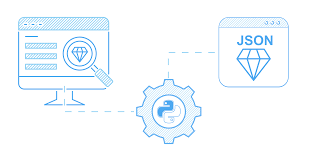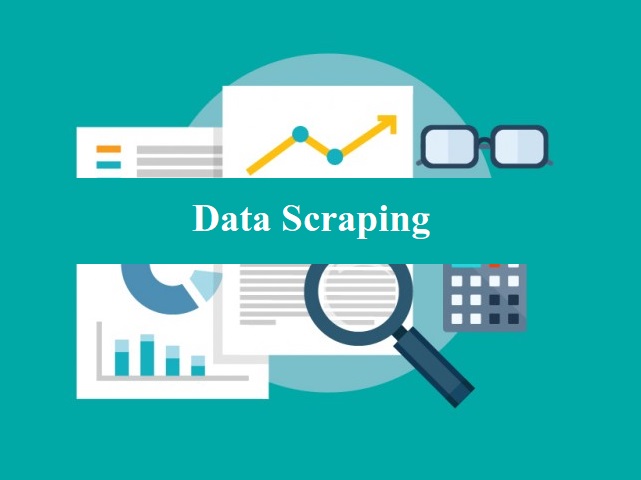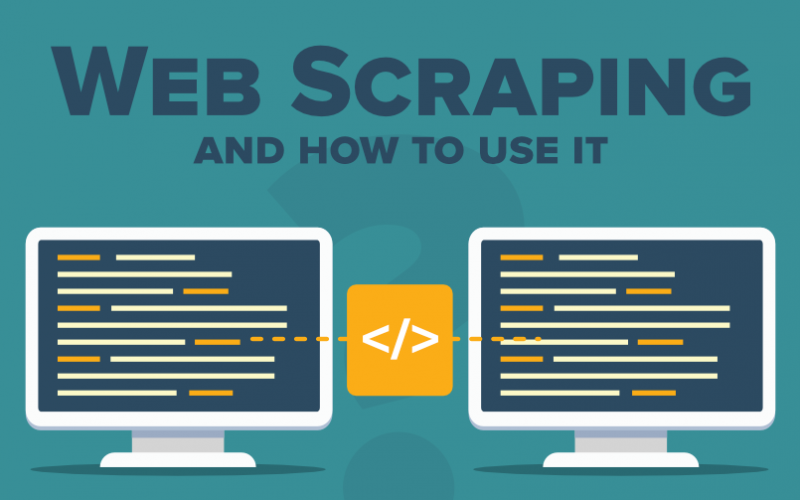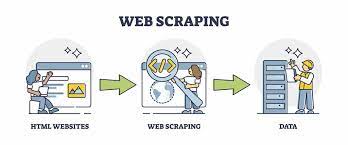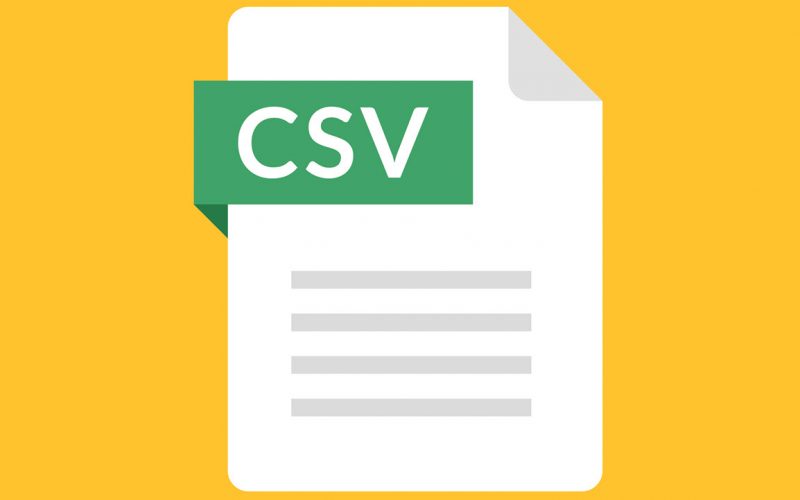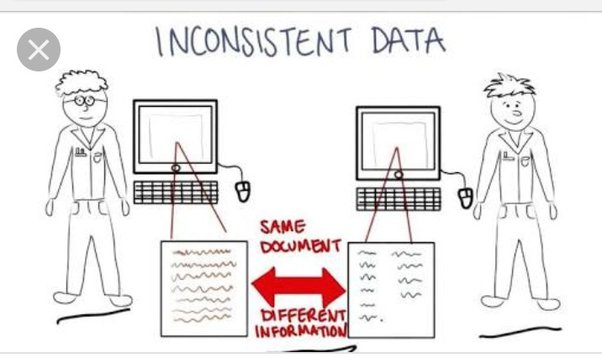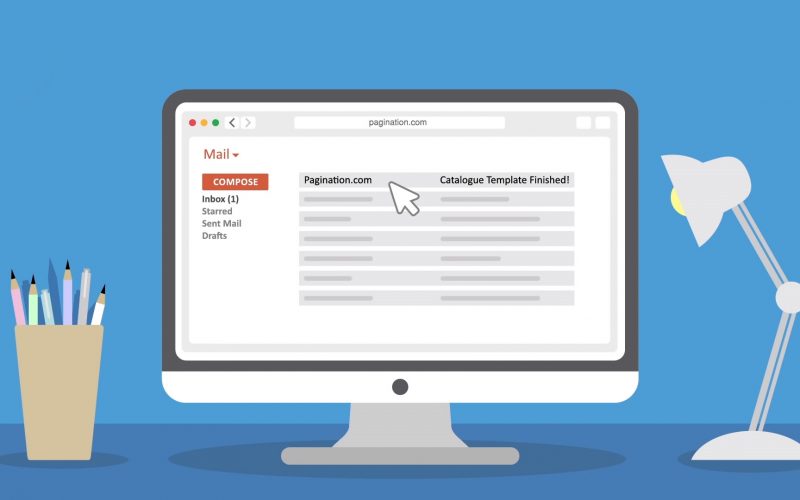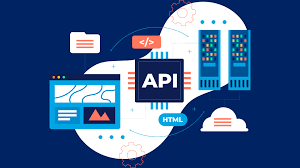04
Oct
Respecting website terms of service and adhering to scraping etiquette are essential for ethical considerations and legal compliance when scraping data from websites. Here are some important factors to consider: Review the Website's Terms of Service: Carefully read and understand the website's terms of service, which may outline specific guidelines or restrictions related to data scraping. Look for any explicit permissions or prohibitions regarding scraping activities. Pay attention to any rate limits, API usage policies, or restrictions on automated access. Follow Robots.txt Guidelines: Check the website's Robots.txt file, which provides instructions for web crawlers. Respect the directives specified in the…
